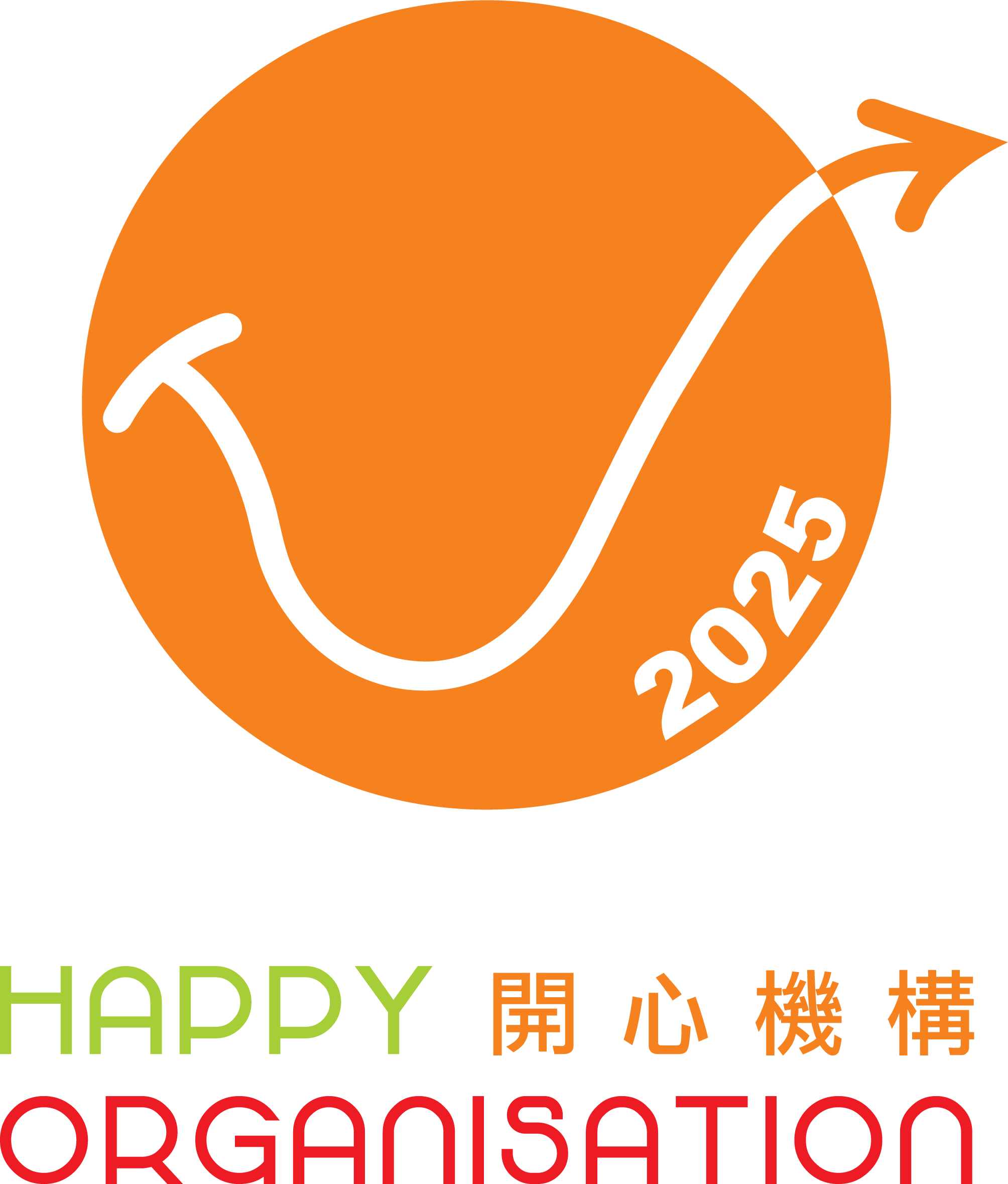Recycled Materials
Waste disposal is a critical issue in Hong Kong due to our limited land resource. With proper waste management and waste sorting, substantial amount of waste can be avoided, reused or recovered, helping to reduce waste disposal to public fill. The extraction of virgin building materials also depletes resources and damage natural habitats. Using recycled-content building materials not only reduces waste, but also eliminates the pollution and reduces energy use in extraction, production and transportation.


The recycled aggregates are used in road sub-base and backfilling
When selecting building material with recycled-content, we need to consider the following:
Materials with the highest recycled-content and minimal amount of virgin material
Materials with minimal environmental impact during production and through its service life cycle
Materials that are not only recycled, but recyclable or biodegradable at the end of their useful life. Ideally, a material should be capable of being recycled again and again back into the same product
Durability and ease of maintenance
Thus, the use of recycled-content materials can reduce solid waste, energy and water use, pollution and greenhouse gas emissions so as to provide a healthier society.

The granite blocks from the demolition of fence wall of Wanchai Police Headquarters are used as paving blocks at the Hong Kong Wetland Park.

Gabion walls in the Hong Kong Wetland Park Phase I are filled with re-used oyster shells from Lau Fau Shan.
The following are examples of recycled-content building materials:
Recycled plastic lumber from recycled-plastic and wood chips for outdoor decking;
Carpet made from old carpet; and
Paving blocks with recycled glass from disposed bottles;



Recycled play mat made of plastic bottles and tyres













_EN_85x50.png)























